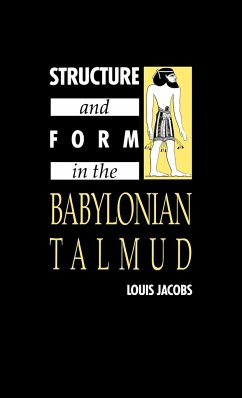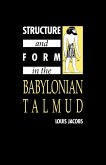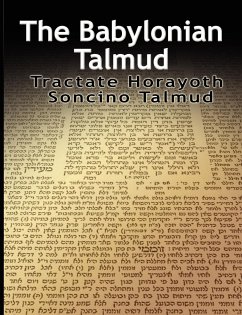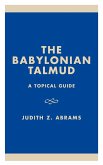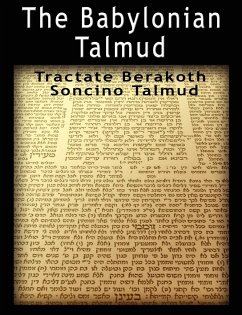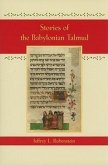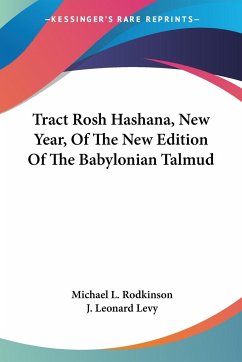This book attempts to uncover the basic form and structure of the Babylonian Talmud, which is a centrally important text in Jewish studies. The novel contribution made by Dr Jacobs to the study of the Talmud consists in his presentation of the literary principles employed in its composition, and he here presents a clear survey indicating the manner in which earlier material was reworked in order to make each component, or sugya, into a carefully structured and self-consistent unit. Jacobs compares the editors' methods in this regard with the manner in which Shakespeare converted the variety of chronicles and source-material available to him into a much more dramatic literary form, which - while preserving the kernel of the story - completely transformed its character and impact. Dr Jacobs' study constitutes an excellent introduction to the Babylonian Talmud and to the nature of rabbinic thinking.
Table of contents:
Preface; List of abbreviations; The Babylonian Talmud introductory note; 1. How much of the Babylonian Talmud is Pseudepigraphic?; 2. The Babylonian Talmud: an academic work; 3. Rabbinic views on the order and authorship of the biblical books; 4. Literary analysis of the Sygya in Bava Kama 11a-12b; 5. Literary analysis of the Sugya in Bava Kama 20a-21a; 6. Literary analysis of the Sugya on Taking the Blame on Oneself; 7. Literary analysis of the Sugya of 'Half and Half'; 8. R. Joshua b. Hananiah and the Elders of the House of Athens; 9. Bavli and Yerushalmi on Rabban Gamaliel and R. Joshua; 10. Bavli and Yerushalmi on R. Dosa and the Sages; 11. The R. Banaah stories in Bava Batra 58a-b; 12. The device of Addehakhi, 'Just Then'; 13. Conclusion Bibliography.
This book attempts to uncover the basic form and structure of the Babylonian Talmud, which is a centrally important text in Jewish studies.
This book attempts to uncover the basic form and structure of the Babylonian Talmud, which is a centrally important text in Jewish studies.
Hinweis: Dieser Artikel kann nur an eine deutsche Lieferadresse ausgeliefert werden.
Table of contents:
Preface; List of abbreviations; The Babylonian Talmud introductory note; 1. How much of the Babylonian Talmud is Pseudepigraphic?; 2. The Babylonian Talmud: an academic work; 3. Rabbinic views on the order and authorship of the biblical books; 4. Literary analysis of the Sygya in Bava Kama 11a-12b; 5. Literary analysis of the Sugya in Bava Kama 20a-21a; 6. Literary analysis of the Sugya on Taking the Blame on Oneself; 7. Literary analysis of the Sugya of 'Half and Half'; 8. R. Joshua b. Hananiah and the Elders of the House of Athens; 9. Bavli and Yerushalmi on Rabban Gamaliel and R. Joshua; 10. Bavli and Yerushalmi on R. Dosa and the Sages; 11. The R. Banaah stories in Bava Batra 58a-b; 12. The device of Addehakhi, 'Just Then'; 13. Conclusion Bibliography.
This book attempts to uncover the basic form and structure of the Babylonian Talmud, which is a centrally important text in Jewish studies.
This book attempts to uncover the basic form and structure of the Babylonian Talmud, which is a centrally important text in Jewish studies.
Hinweis: Dieser Artikel kann nur an eine deutsche Lieferadresse ausgeliefert werden.

